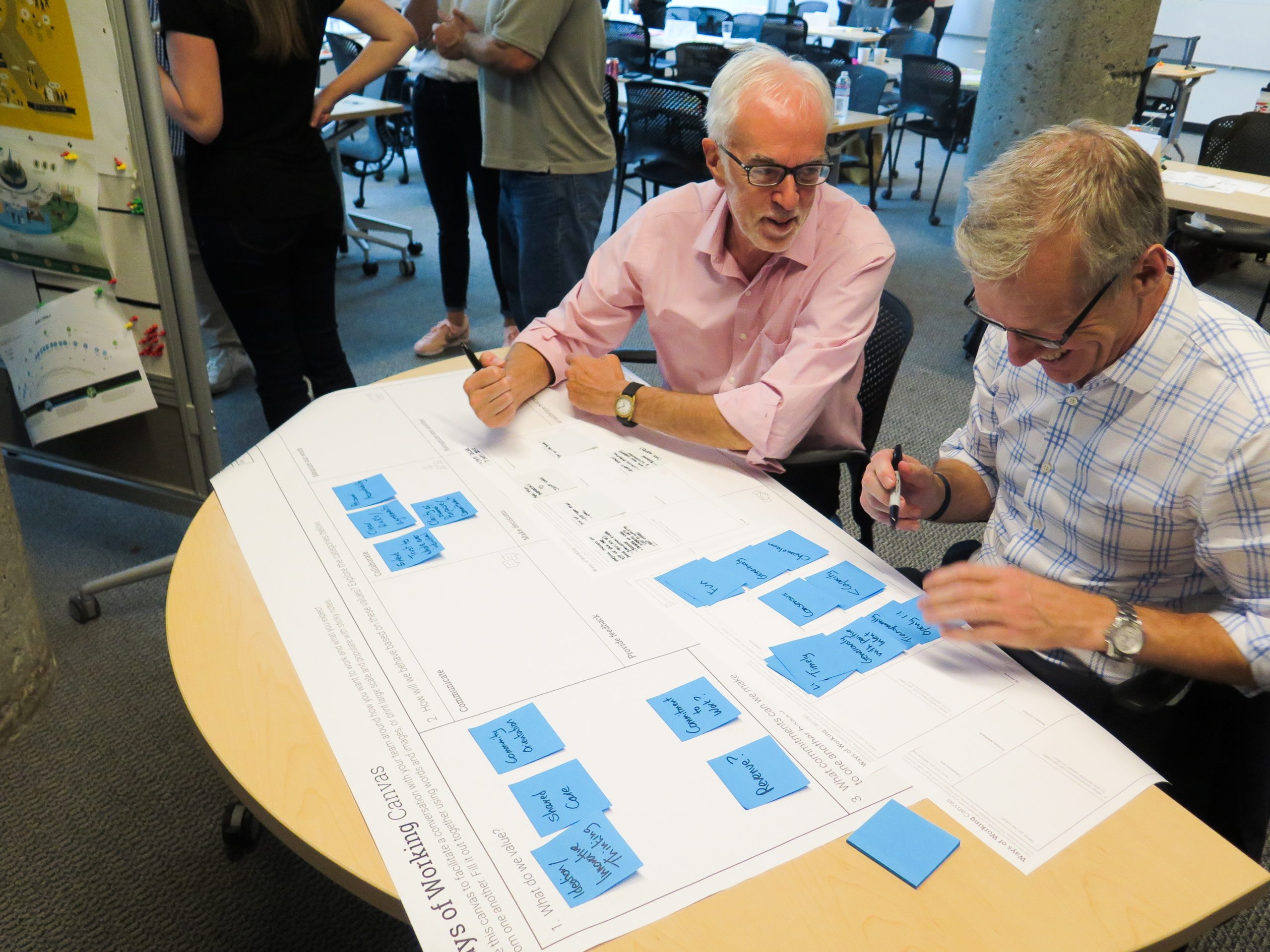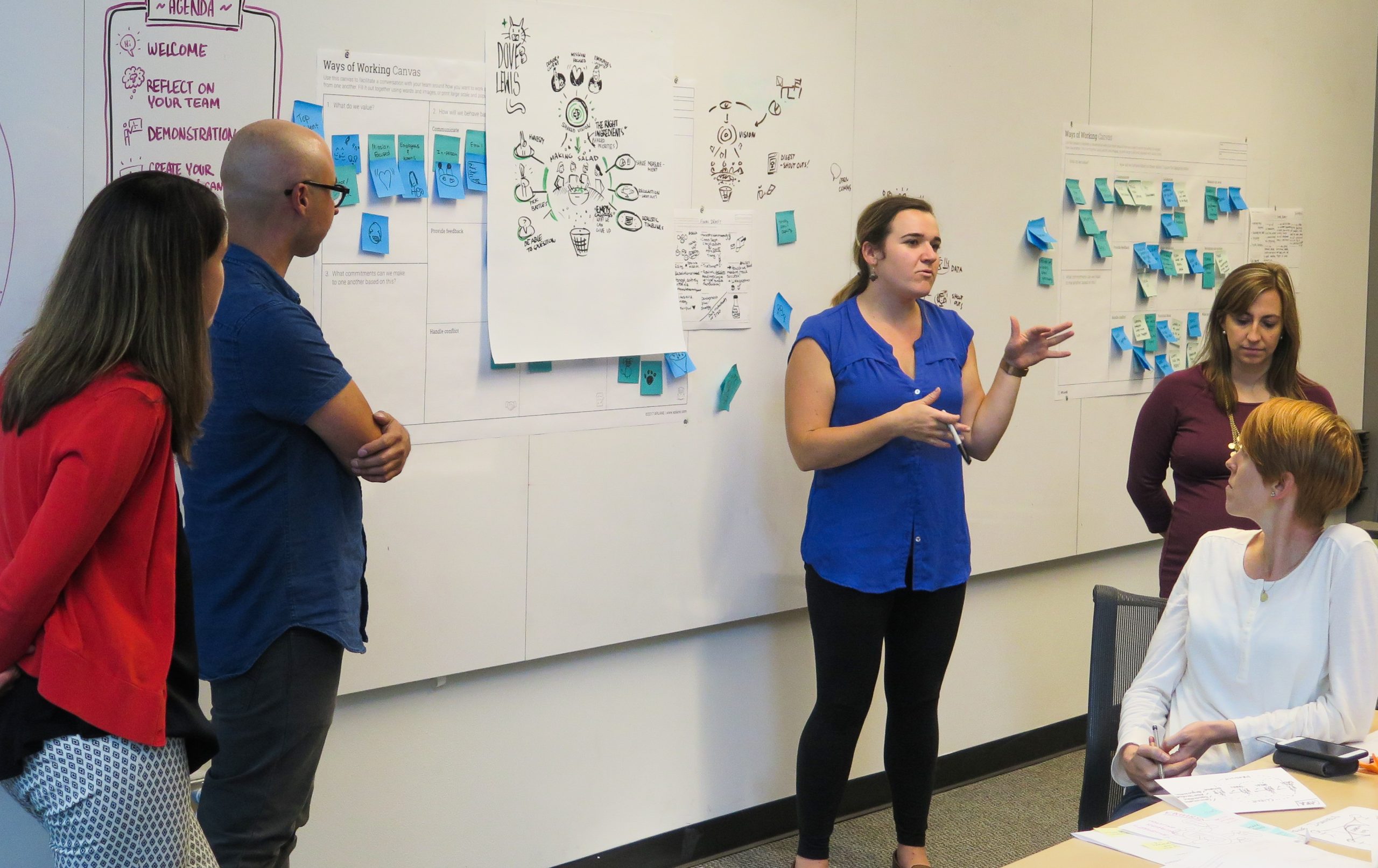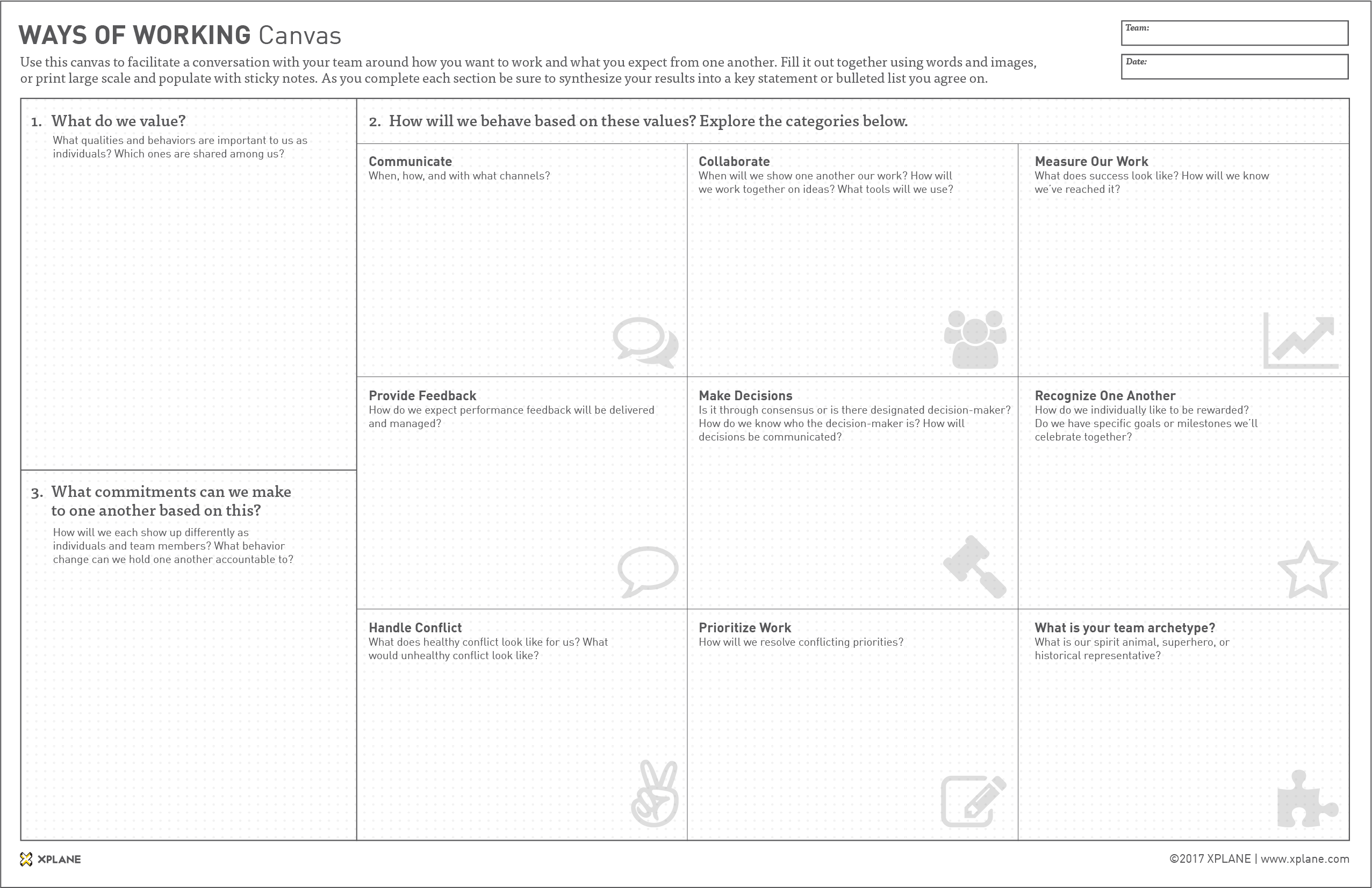I once worked on a team that agreed on several foundational principles: they collectively valued transparency, trust, and speed. With shared values like that you would assume that we were high-performing team, right?
Wrong.
This team was at each other’s throats because they had very different beliefs on how these values should manifest in their day-to-day work, processes, and habits. Each had their own definition of what the values meant to them. Does transparency mean copy everyone on every email or does it mean open access for people to find information on their own? Does trust mean that everyone is empowered to make decisions? And is that for all decisions or just some? If we value speed does that mean we’ll collaborate upfront, often, or skip it all together?
There is no secret recipe for high-performing teams, but establishing agreements and norms for how you work together will optimize your team for better results.
Asking these basic, overlooked questions of one another upfront can greatly increase a team’s performance. That’s why last month we piloted the Ways of Working Canvas at our Visual Thinking School. This canvas was created to provide teams a guide for establishing agreements on how they will work together. We brought in new teams just starting up as well as established teams who had been working together for years and asked them to help us test this tool.
When your diverse teams are butting heads, getting stuck in day-to-day tasks, and can’t seem to work together, start addressing your challenges head on by bringing this canvas to your next team meeting. Here are a few of our best practices for getting the maximum value out of this exercise:

Having the conversation is half the battle.
It might seem like overkill to cover every possible topic, but the categories within the canvas spur thoughts and insights that will not be surface with an open-ended discussion.
Rigorous refinement is required.
It’s easy to brainstorm, post-up ideas, and walk away. The real value comes when groups are forced to capture final decisions in a clear consolidated statement or bulleted list.
Have fun and make it memorable.
The last section asks you to describe your archetype: this could be your spirit animal, super hero persona, or a famous person in history. Whatever it is, it should summarize your commitments and be a consistent guidepost you can look to when you start to forget your agreements. (Example: Are we embracing our Michelle Obama in this moment?)
Make it public.
Many teams must collaborate and interact with other teams on a regular basis. Share your ways of working with them so they know what to expect and can more easily adapt to your working style. In our session, teams worked big on the wall for posting up but then used the 11×17 version of the canvas to capture the final decisions.

Consider an outside facilitator.
This exercise can be led by the team leader or a flat team working together, but if there are tensions on the team or a shared history of misalignment it will be most effective if led by a professional facilitator.
Give it a try and share your experience.
And be sure to give us a call if you get stuck.
Give it a try. Use our canvas in your next meeting to start building a high-performing team that exceeds business results. |

